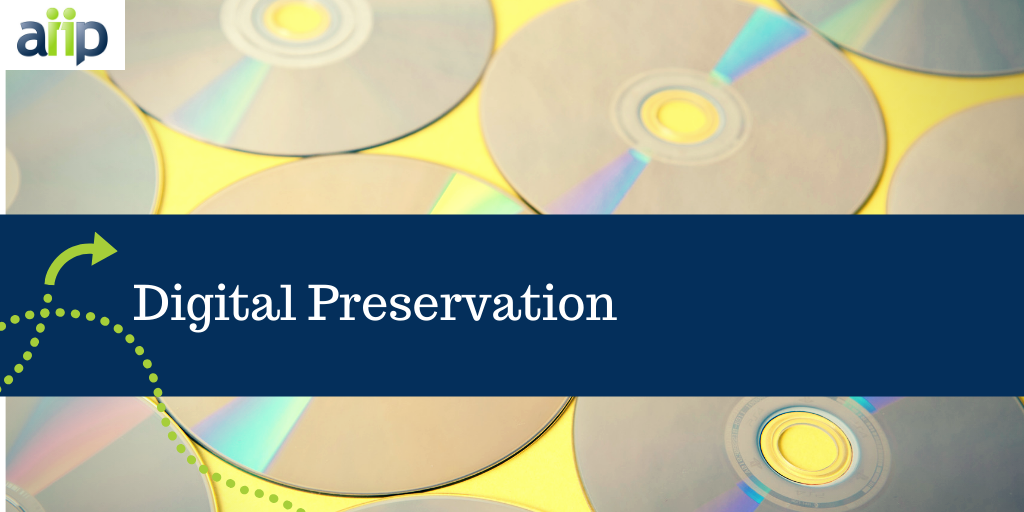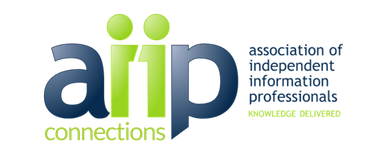Digital Preservation Fundamentals

by Margot Note
An acute preservation challenge lies in saving digital items. Technology enables us to create, use, and be enriched by information in ways that were unthinkable generations ago. But the same advances that make sharing information so easy also pose some problems. The complexity and diversity of technology is overwhelming, even as storage capacity becomes cheaper. The volume of digital data, unstable storage media, and obsolete hardware and software make the usability of digital items a challenge.
Digital preservation is a series of activities ensuring access to digital materials for as long as necessary. Although we may think that digital files are forever safe, they require continuous management. Unlike a box of photographs in which you can see the images, access to digital files depends on the technology used to view them. Many physical items can sit unused for decades and still be in good condition. Digital files cannot. It is important to manage your files to ensure that they are migrated to newer technologies and remain accessible.
A digital file is binary code—a series of 1s and 0s—written to some form of physical media such as a USB memory stick, a hard drive, disk, or computer server managed by someone else. All digital materials require reading software and are created in formats specific to a given rendering environment. Just like analog media, all forms of digital media face threats and are subject to deterioration at a rate dependent on the inherent properties of the medium and the storage environment.
Bit rot occurs when a digital file decays to the point at which its bits lose their definition, and the file becomes unreadable. And leaving bit rot aside, files are lost or misplaced.
People are shocked by how quickly data begins to deteriorate on consumer storage technology. For example, external hard drives, if stored correctly, might last a decade. If not treated well, they may last only five years. Major changes take place in hardware every couple of years and in software every one to five years. Although the data may be there, the technology to access it may be out of date. Digital resources require diligence.
Keeping files with an internet-based storage service, such as Google, does not guarantee their survival either, although it can be part of a preservation plan. Such companies manage their technology well, but files can be deleted or lost. The terms of service that you signed offer no promises, even whether it will be possible to download a copy of your data. Consider also digital succession planning when using such services.
Follow these suggestions to keep your digital files accessible:
- Survey your collections by gathering disks, drives, and other physical media that contain your files.
- Using the information on the labels, if any, note which items might be worth a closer look.
- Use available software to try to read files created with older software programs.
- Make notes about which files are most significant and why, which ones are inaccessible, and which ones to discard.
- Cull your digital files based on the priorities that you determined.
- Transfer files from older media to more modern and reliable storage.
Your files should be protected to a level that is proportional to the value of the data and the difficulty in recreating them. The combination of value and replicability will help you to determine the priority that you should place on your files.
Margot Note is an archives and records management consultant. Her newest book is Creating Family Archives: A Step-by-Step Guide for Saving Your Memories for Future Generations (Society of American Archivists, 2019).





